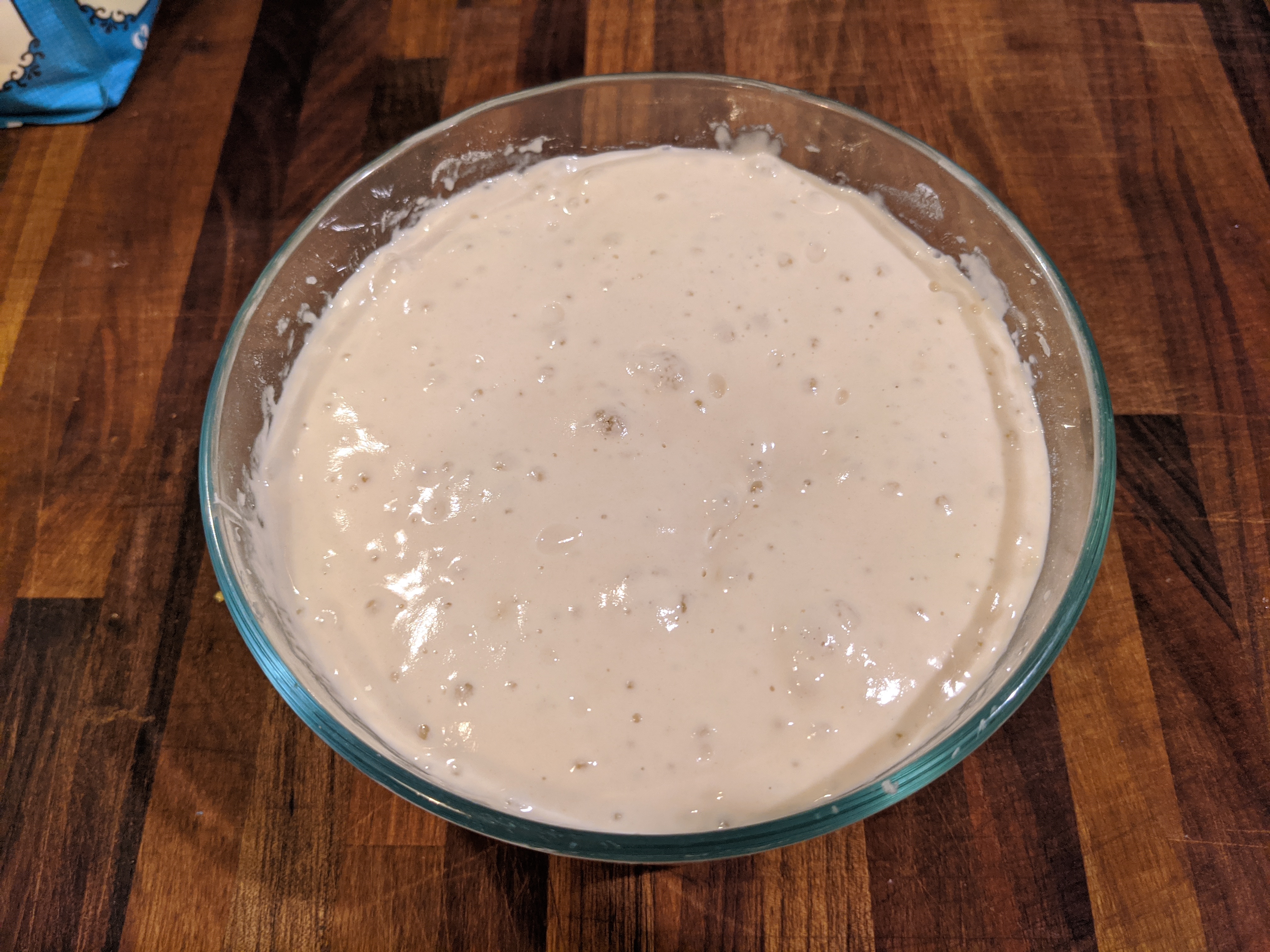Not Everything Is About Computers – Sometimes It’s About Bread
Most of my posts are indirectly or directly about computers. For those that know me well, this is no surprise; I feel at home when my hands are on a keyboard. That said, my life expands out of my office from time to time. Usually onto a forest trail or sidewalk for long runs and walks, but also into the kitchen where a few hours of my time pass on a daily basis.
Recently, I’ve taken up baking bread after my wife brought back a sourdough starter from Sea Wolf Bakery, a nearby local bakery in the Wallingford neighborhood here in Seattle. While the starter went largely unused for years (aside from a regular feeding every 3-4 weeks to keep it alive), life is now such that bread baking is easy to incorporate into my daily schedule.
After several unsatisfactory baking sessions and playing around with different techniques and variables, my bread has finally reached it’s happy place. Each loaf gets a great oven spring, the texture of the bread is chewy, but not dense, and the air pockets are well-distributed. It’s also much more flavorful as I’ve adapted to include a 12-hour proof in the fridge to allow the yeast to work its magic without overproofing the loaf.
The overall process is delightfully simple, although it requires some planning and care. A normal bread-baking day starts out when I wake up to make coffee. While the coffee grounds steep in the French press, I pull my starter out of the fridge and measure out 40g of it into a new container along with 160g of water and 160g of flour. The goal here is to refresh the starter so that the yeast reactivates and gets to work. Around 5 or 6pm (about 10 hours later) the starter should look like so:

Those bubbles are indicative of the yeast working its magic. The real test, however, is when you drop the yeast into the water to begin the bread making process.